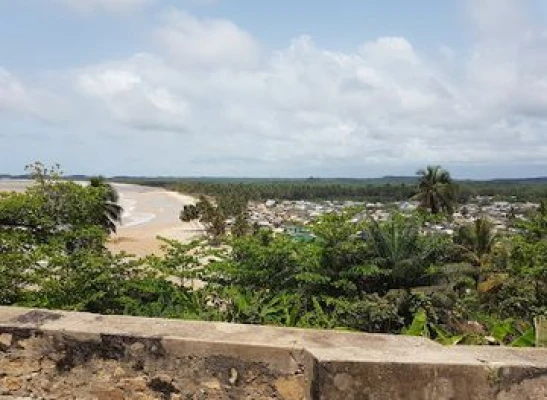Prince Owusu-ansah: A Life of...
November 13, 2025

In the late 17th and early 18th centuries, Akwidaa, known then as Fort Dorothea, was the smaller of two forts that made up the Brandenburger Gold Coast, a German colony.
The fort saw several changes in control throughout its history. It was initially built by the Brandenburgers in 1685, then temporarily fell into Dutch hands from 1687 to 1690 before being returned to the Brandenburgers in 1698.
The fort was abandoned around 1709, only to come under Dutch control again in 1712. It was relinquished back to the Brandenburgers later that same year, and finally sold to the Dutch in 1718.
The ruins of Fort Dorothea, along with other forts in the region, were inscribed on the UNESCO World Heritage List in 1979.
In 1683, the Brandenburger Company constructed a lodge in Akwida, east of Cape Three Points in Ghana's Western Region.
Albert van Danzig describes Fort Dorothea as originally being a small triangular structure. Strategically located on a promontory at the end of a peninsula between the mouth of the Suni River and the sea, the fort was naturally well-protected.
Fort Dorothea embodies the turbulent history of colonialism on the Gold Coast, illustrating the changing control among European powers of that time. Its inclusion in the UNESCO World Heritage List highlights its historical importance and emphasizes the need to protect its ruins for future generations.
Explore the list of Forts in Ghana below.
November 13, 2025
November 6, 2025
November 5, 2025
November 4, 2025
October 31, 2025
October 30, 2025
October 30, 2025
October 30, 2025
September 25, 2025
September 12, 2025